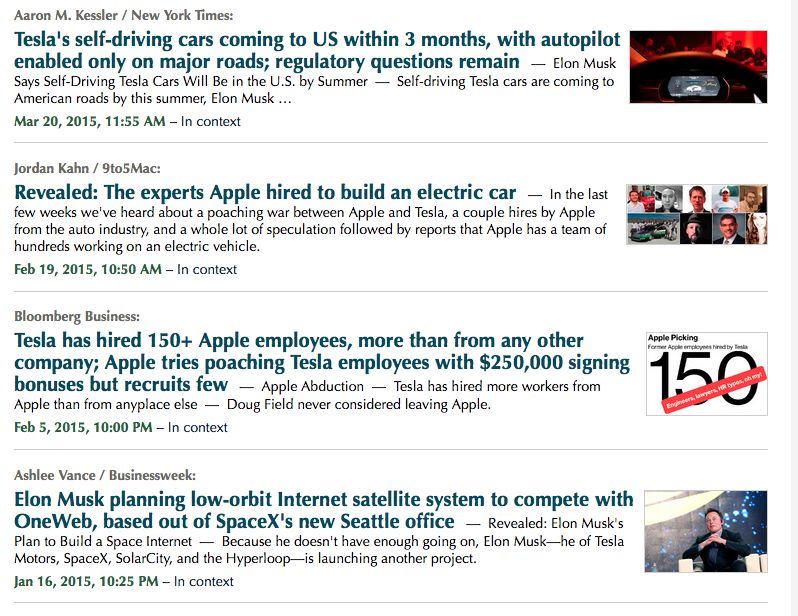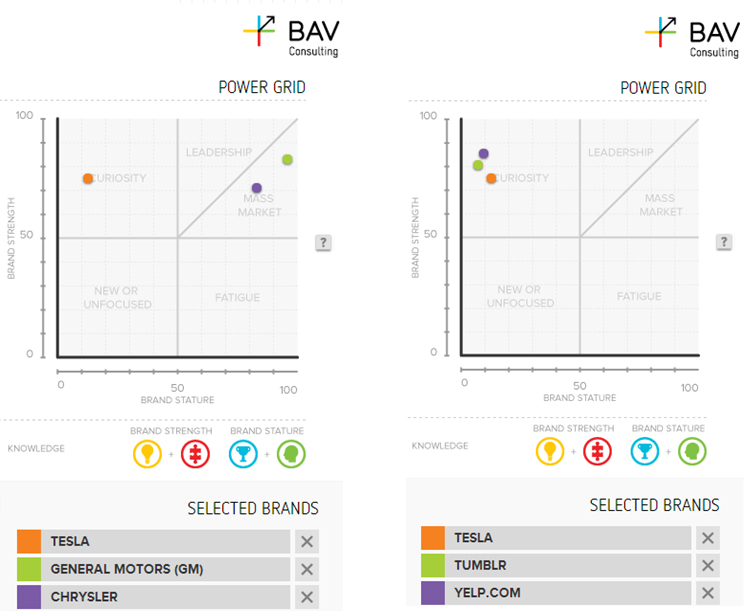Free-to-play games are a burgeoning business model that has taken over mobile games, is defining the MMO game sector, and is now popping up on consoles. The seemingly unstoppable advance of this business model has many longtime, hardcore gamers on edge — a look at the comments sections on consumer websites will show that quickly whenever a free-to-play game is mentioned.
The problem of free-to-play’s image is even more important when you realize how widespread it’s becoming. Many pay-up-front console games now have microtransactions in them — this isn’t just buying a major piece of downloadable content (DLC) like a map pack, but items and improvements that may even be consumables. Those are mechanics directly imported from free-to-play games, grafted into premium games. Is it any wonder players get upset Look what happened with Diablo III, where originally the game included an Auction House where you could buy and sell items for real money (with Blizzard taking a cut).It turned out this meant that item drops in the game weren’t as much fun, and thus Blizzard eventually removed it, much to the delight of fans.
The problem hasn’t escaped the notice of industry leaders. Nintendo’s CEO Satoru Iwata took up the issue when discussing Nintendo’s move into mobile games. “I do not like to use the term ‘Free-to-play,'” Iwata said. “I have come to realize that there is a degree of insincerity to consumers with this terminology, since so-called ‘Free-to-play’ should be referred to more accurately as ‘Free-to-start.’
Peter Molyneux added some comments about free-to-play at a recent Game Connection. “We’re taking a huge hammer and smashing [our customers] with it. ‘You will pay, or you will not enjoy!’ We’re treating them like children. We’re beating up our consumers, and saying, ‘be patient, or pay more!,’ said Molyneux.
Laralyn McWilliams, former creative director on Sony Online Entertainment’s Free Realms, had this to say about free-to-play games: “Think about Candy Crush Saga, which I’ve played a lot and I really like, but it’s a great example of this. The moment that you monetise in Candy Crush you’re probably extremely frustrated. You want to get past this level you’ve failed to complete 40 or 50 times, and that’s the moment you spend. But mixed into that moment where you spend is that frustration. It’s building a bad connection. I’m not monetising at a positive moment. An example I’ve used before is the person leaving the Apple store with a new iPhone after having stood in line all day, and they’re like, “Yes!” Isn’t that how we want people to feel when they spend money They should feel awesome.”
How did this image problem arise, and how can it be fixed. First of all, it’s important to realize that not all free-to-play games suffer from a stigma. League of Legends is enormously successful, projected to bring in well over $1 billion this year — and it’s free-to-play. Clearly the game’s players don’t have a problem with how the game is monetized, and the free-to-play model has seemed to accelerate the growth of the game rather than hold it back in any way. World of Tanks is similarly successful, with over 100 million players worldwide. What do those games have in common. You are not limited in how much you can play, and you can earn anything important in the game completely through play without spending any money.
The games that people most often seem to complain about are ones that limit gameplay, usually by time-gating. A typical mechanic is that you only have so many lives, or so much energy, and when that’s used up you must wait until it returns (which often takes several hours). In many games, you may start construction something (an army, or a fortification, for instance) but it takes time to construct. So you can either wait until tomorrow when it’s completed, or spend money to build it faster.
A particularly annoying game mechanic for some people is the ability to buy power in a game. You feel your pistol isn’t killing zombies fast enough spend some money to get flame thrower or an automatic weapon. That may be okay in a single player game, but when you’re competing against other players it can be disheartening to realize you’re losing because they spent more money than you did. (However, this is perfectly acceptable in China, and in fact is how most of the games work there. It’s a cultural difference.)
So where does the answer lie Isn’t this purely a product development issue, something the game designers should fix. Actually, no, the game designers need to hear this from marketing… and marketers need to help craft a solution that’s in keeping with the nature of the game. The best games at monetizing have that business model designed in from the start. Wargaming’s CEO Victor Kislyi likes to call his games “free-to-win” rather than free-to-play, because you can win at the games without spending any money.

Waving the wand of PR over your free-to-play game isn’t going to fix this. The reality is that there are and will continue to be free-to-play games, especially on mobile platforms, that are annoying and gouging consumers. Just like the plague of quick copies of games with similar names that show up around any hit mobile games, this is an annoying part of mobile gaming that no amount of wishing will make disappear. We have to deal with it, and that’s by affirmatively making the free-to-play games we are directly involved with fun and not limited in annoying ways. If you’re going to use free-to-play as a business model in some way, you have the potential to reach a huge audience — but they should be able to get a complete and fun game experience without spending money.
The challenge for marketers is to work with game designers find positive ways to spend money in the game that make players happy, not just relieve the annoyance you’ve built into the game. Games are, at their core, about having fun — and spending money should get you more fun, not remove barriers to having fun at all.
Marketers then need to communicate to players (and potential players) that the game has a complete fun experience without spending. Don’t try to hide the fact that there are ways to spend money — you should be celebrating it. If you are embarrassed at that thought, that’s a signal there’s something wrong with how you’re monetizing your game.
Properly done free-to-play games, when given enough time, do an excellent job of marketing themselves through the community of players who are enjoying the heck out of the game. Those players become (unpaid) evangelists, and they are very effective at getting friends to sign up. Enlisting their help starts with a great game with the right monetization — and that’s something you get when marketers and game designers work together.
Fixing the image problem of free-to-play games requires more than just a coat of shiny marketing — the game has to be constructed properly from the ground up. It’s a team effort, and everyone needs to know that from the beginning. Marketers, it’s up to you to start by convincing game designers and programmers that you are an essential part of this, not someone they call in at the end of the project to make some money for them.




 Casey Reed, Social Strategist at Ayzenberg
Casey Reed, Social Strategist at Ayzenberg

